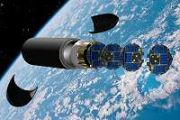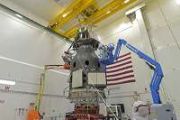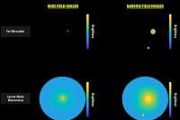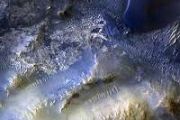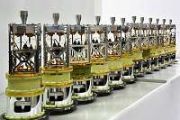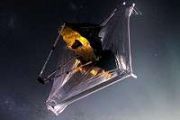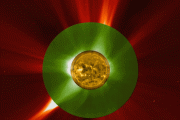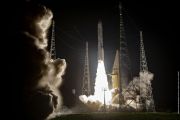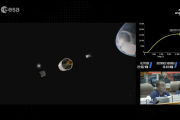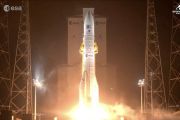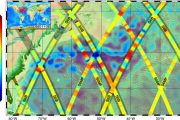
Copernical Team
Watch live: Vega-C to launch Sentinel-1C

The Copernicus Sentinel-1C satellite is ready for liftoff! Tune in to ESA WebTV on 4 December from 22:00 CET to watch the satellite soar into space on a Vega-C rocket to be launched from Europe’s Spaceport in Kourou, French Guiana. Sentinel-1C is scheduled to liftoff at 22:20 CET.
BepiColombo's fifth Mercury flyby
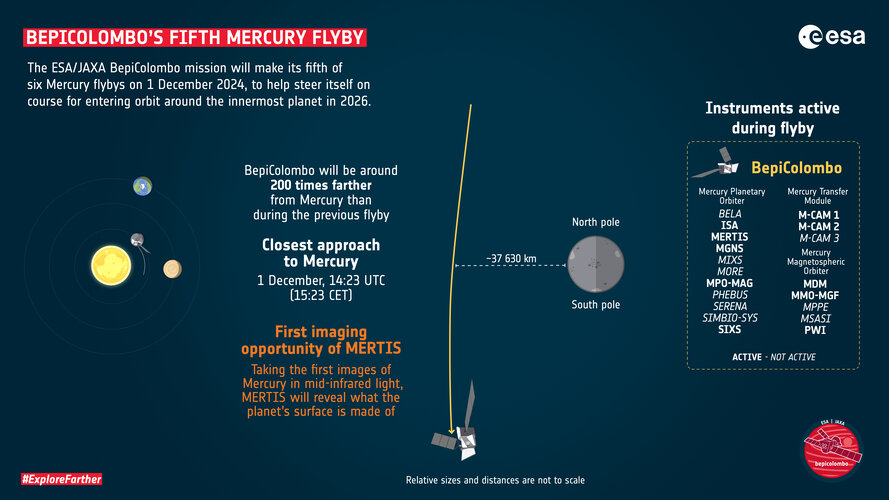 Image:
BepiColombo's fifth Mercury flyby
Image:
BepiColombo's fifth Mercury flyby Earth from Space: Agricultural patchwork, Romania
 Image:
A colourful patchwork of agricultural fields is pictured in this radar image captured by Copernicus Sentinel-1 over southeastern Romania.
Image:
A colourful patchwork of agricultural fields is pictured in this radar image captured by Copernicus Sentinel-1 over southeastern Romania. McGill Professor leads AXIS mission in final phase of NASA selection process
 NASA has advanced the Advanced X-ray Imaging Satellite (AXIS) mission, co-led by McGill University's Professor Daryl Haggard, to the final selection phase of its $1 billion space probe competition.
The AXIS mission seeks to explore the origins of primordial black holes from the early universe, investigating their formation and influence on galaxy evolution. It will also study explosive phe
NASA has advanced the Advanced X-ray Imaging Satellite (AXIS) mission, co-led by McGill University's Professor Daryl Haggard, to the final selection phase of its $1 billion space probe competition.
The AXIS mission seeks to explore the origins of primordial black holes from the early universe, investigating their formation and influence on galaxy evolution. It will also study explosive phe Commercial Earth Observation to exceed $8 billion by 2033
 The commercial Earth Observation (EO) market is forecasted to experience substantial growth, according to the latest Earth Observation Data and Services Market report from Novaspace. Currently valued at $5 billion, the market is projected to surpass $8 billion by 2033. The services segment is expected to grow from $3.1 billion to $4.9 billion during the same period.
The report attributes t
The commercial Earth Observation (EO) market is forecasted to experience substantial growth, according to the latest Earth Observation Data and Services Market report from Novaspace. Currently valued at $5 billion, the market is projected to surpass $8 billion by 2033. The services segment is expected to grow from $3.1 billion to $4.9 billion during the same period.
The report attributes t SatVu receives major funding to advance thermal imaging capabilities
 SatVu, a prominent climate technology innovator, has secured Pounds 20 million in funding to propel its advanced high-resolution thermal imaging technology. The funding consists of a Pounds 10 million equity round led jointly by Adara Ventures and existing backer Molten Ventures, alongside an insurance payout.
This investment marks the debut of Adara Ventures Energy Fund, dedicated to su
SatVu, a prominent climate technology innovator, has secured Pounds 20 million in funding to propel its advanced high-resolution thermal imaging technology. The funding consists of a Pounds 10 million equity round led jointly by Adara Ventures and existing backer Molten Ventures, alongside an insurance payout.
This investment marks the debut of Adara Ventures Energy Fund, dedicated to su Zenno Astronautics gains support from Japanese space leaders in latest funding round
 New Zealand-headquartered Zenno Astronautics has announced the initial close of its seed expansion funding round, marking a major milestone for the space-focused superconductor company. The round was led by New Zealand's Global From Day One (GD1), with notable contributions from Shasta Ventures and existing backers such as Nuance, K1W1, UniServices, NZVC, and New Zealand Growth Capital Partners
New Zealand-headquartered Zenno Astronautics has announced the initial close of its seed expansion funding round, marking a major milestone for the space-focused superconductor company. The round was led by New Zealand's Global From Day One (GD1), with notable contributions from Shasta Ventures and existing backers such as Nuance, K1W1, UniServices, NZVC, and New Zealand Growth Capital Partners Media invitation: Follow the Proba-3 launch at the Royal Observatory in Belgium
Press Release N° 66–2024
Journalists are invited to an event at the Royal Observatory of Belgium (ROB) on 4 December to follow the launch of Proba-3, the world’s first precision formation flying mission.
Taking to the skies for EarthCARE
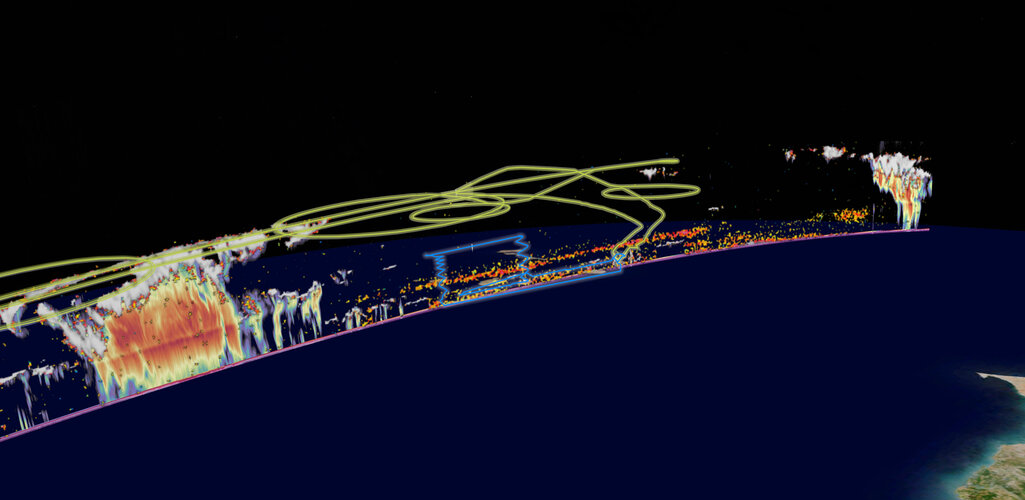
Launched just six months ago and still in its commissioning phase, ESA’s EarthCARE satellite is already producing remarkable data from its four instruments, offering groundbreaking insights into clouds, aerosols, and Earth’s energy balance.
Highlighting the importance to Earth system science and climate research, teams worldwide are out in force taking measurements to verify and enhance the accuracy of EarthCARE’s data.
How do radar satellites work?
 Video:
00:07:33
Video:
00:07:33
Radar allows us to see through what would otherwise be invisible. By sending out radio waves that bounce off objects and return as echoes, radar creates a detailed picture of our surrounding world.
This technology is everywhere: from guiding air traffic and enabling self-driving cars to tracking the movements of athletes. But its reach doesn’t stop there—radar is also transforming how we observe our Earth from space.
Satellites like the Copernicus Sentinel-1 mission use radar to see through clouds, darkness and any weather conditions. This capability is invaluable for detecting subtle changes on Earth’s surface—changes that are often hidden




